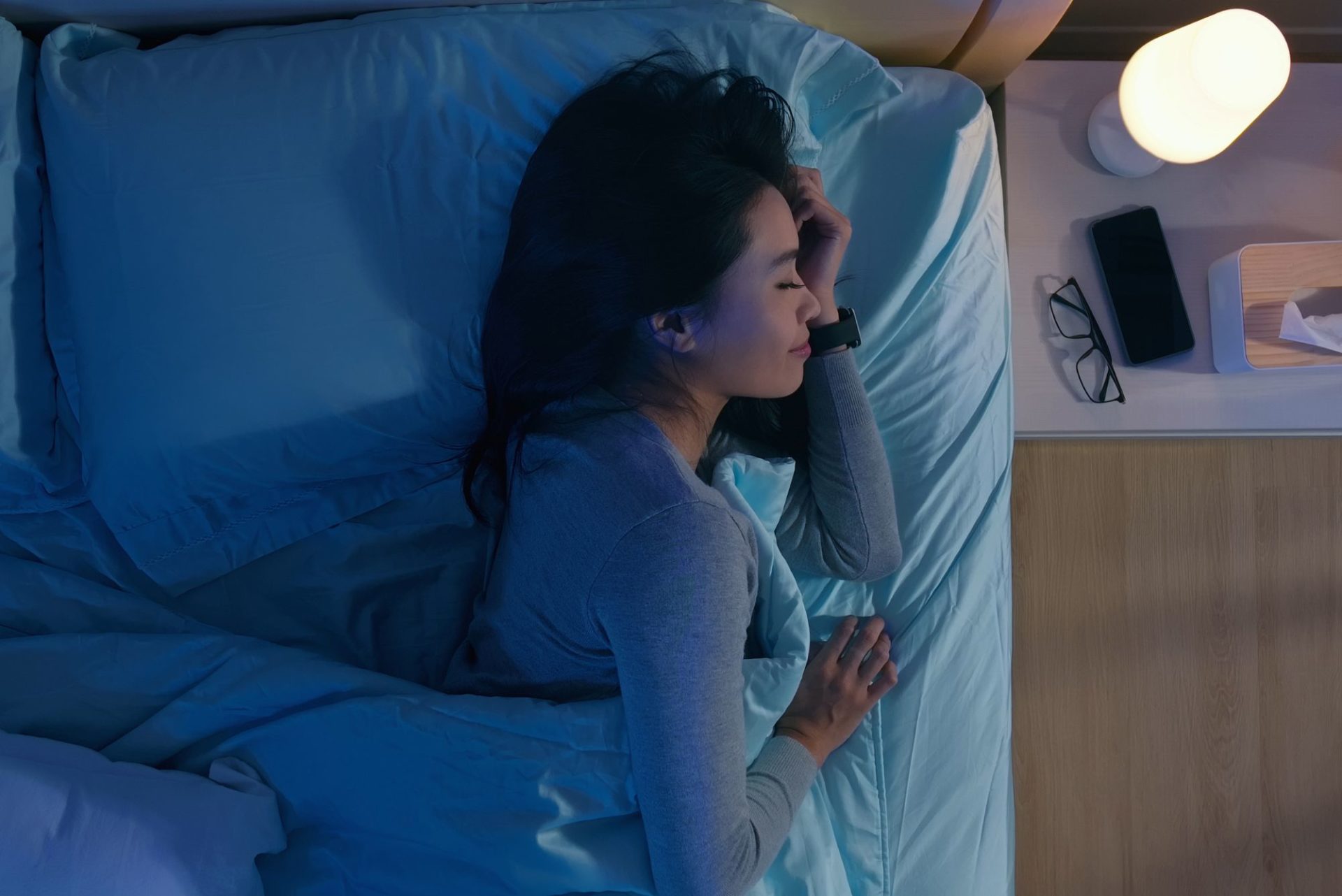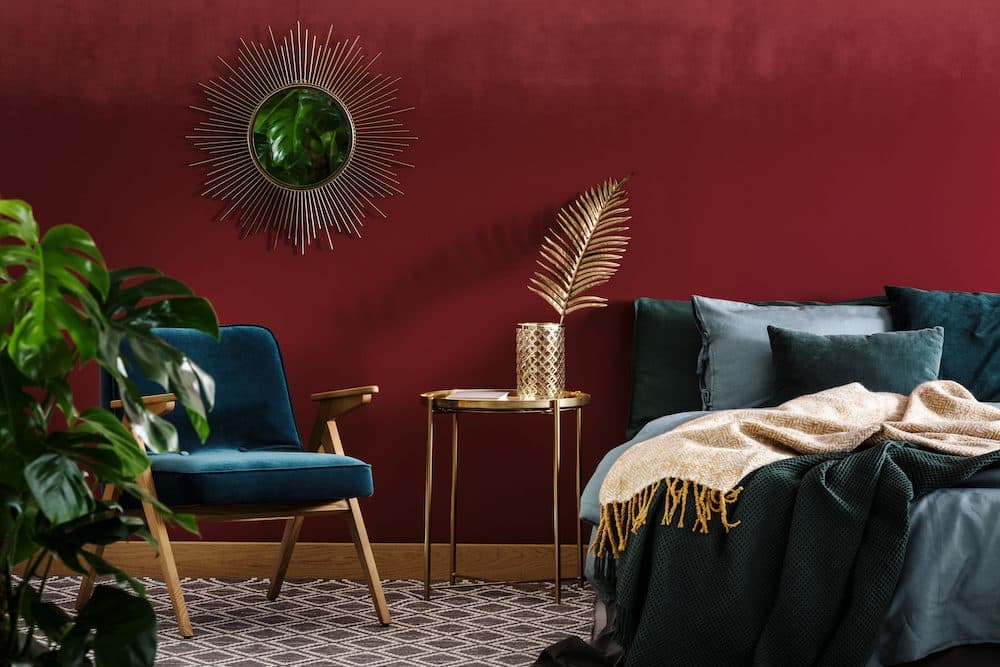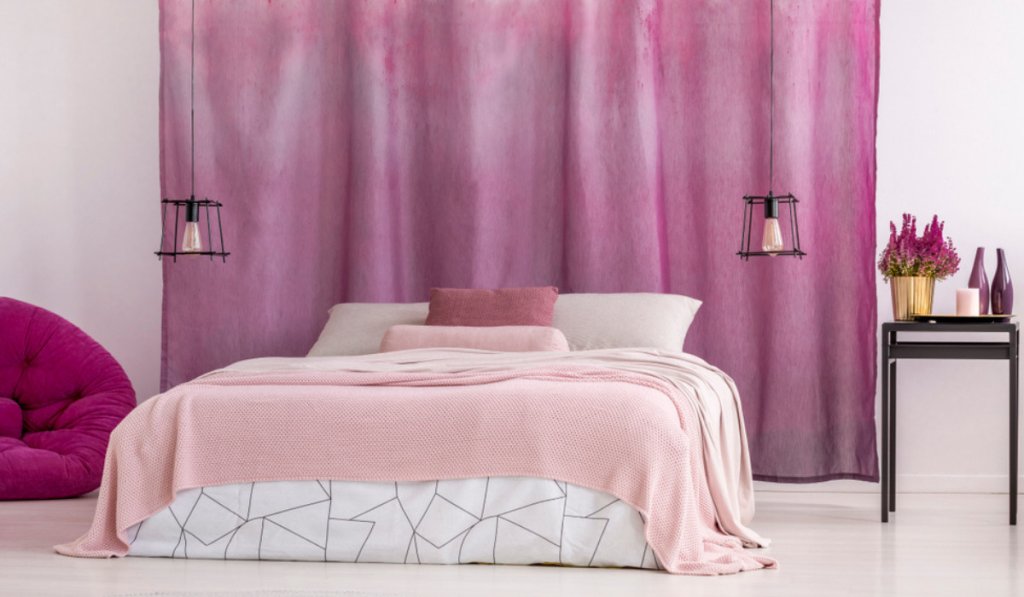Looks like you’re so worried about your sleep that you are here.
Well, you’re not the only one who wants a better sleep with any help they can.
After a hard working day, people really find a bed in a room where there is a lot of peace.
But even just silence is not enough to make you sleep well. That is why we are here to let you know that some of your favorite colors can really help you to make your night much better.
Yes, you got it right, the colors. We’ll explain to you nicely how these colors that you were taking for granted can make your room the best place to sleep.
So, let’s get started and find the best color for you.
1. Blue

Blue is a great color for helping you sleep peacefully. It’s calming and soothing, making it a popular choice for bedrooms. Blue relaxes your mind, reducing anxiety and stress. It even lowers your blood pressure and heart rate, helping you sleep better. You can easily understand how to make the blue color of a use. If you ever think about how to make blue color. You can’t make it because it is a primary color.
2. Yellow

Yellow is a warm and cheerful color that can make your bedroom inviting and comfortable. At the same time, it may not put you to sleep like blue. It still helps you relax and feel satisfied—yellow comforts your mind, creating a positive and happy bedroom environment.
3. Green

Green brings nature and balance to your bedroom, helping you feel free after a tough day. It calms your nervous system, easing stress and anxiety for a peaceful sleep. Green also symbolizes growth and improvement, making you feel refreshed when you wake up. It’s perfect for a relaxing and energizing bedroom.
4. Silver

Silver, with its cool and reflective qualities, can create a cool and modern bedroom environment. While it may not have a direct impact on sleep, like blue or green, silver can help maintain a clean and mess-free space, which is important for a peaceful night’s rest. Its smooth surfaces can also raise natural light during the day, helping regulate your circadian rhythm.
5. Red

Red is a passionate color known for its ability to show emotions and energy. However, it’s not the best choice for promoting sleep. The strong nature of red can increase heart rate and alertness, making it challenging to wind down. If you love red and want to use it in your bedroom, try using it in small accents such as pillows or artwork rather than on the walls to avoid over-usage.
6. Orange

Orange, a warm and inviting shade, balances the excitement of red and the soothing qualities of other colors. It can create a comfy environment that’s more favorable to sleep. The soft glow of orange can give a lot of comfort and relaxation, which can help you fall asleep more easily. To maximize its calming effects, use softer, muted shades of orange in your bedroom decor.
7. Beige

Beige, a neutral and classic color, is often chosen for bedroom decor because of its calming properties. Its understated beauty can promote a feeling of peace and help reduce stress. Beige allows you to personalize your bedroom with accents of other colors or textures while still maintaining a peaceful and restful environment.
8. Pink

Pink, especially in its lighter shades, is known for its gentle and soothing abilities. It’s an excellent choice for a bedroom, as it can raise feelings of calmness and relaxation. Studies have shown that vulnerability to pink can lower heart rate and blood pressure. Promoting better sleep quality. Soft pink walls or bedding can create a cool place for restorative sleep.
9. White

White is a classic and versatile color that can give a vibe of purity and cleanliness. Also, an all-white bedroom may feel pure and full of peace. If you’re drawn to white, try using soft white or off-white shades to maintain an undisturbed environment while adding a touch of comfort through textiles like curtains, rugs, or bedding.
Can Color Affect Sleep?
When it comes to sleep-friendly colors, think about soft and soothing ones. These colors can help calm our minds and prepare our bodies for sleep. They create a peaceful environment in our bedrooms. At the same time, the bright and bold colors can be energizing. They might keep our brains active when we want to wind down for the night. These colors can make it more difficult to relax and fall asleep. It’s important to choose colors for your bedroom that make you feel comfortable and relaxed.
People are not the same; what helps one person may not help someone else. You can experiment with various colors and see which ones help you sleep best. It’s not just the colors on the walls that matter. The colors of your bedding, curtains, and decor can also influence your sleep. So, when creating a sleep-friendly environment, consider the overall color scheme of your bedroom.
Conclusion
The color that helps you sleep best can vary from person to person. Every situation is different; no single solution works for everyone. It depends on your personal preferences and what makes you feel relaxed. For many people, calm and soothing colors like blue and green tend to promote better sleep.
These colors can help reduce stress and anxiety, making it easier to fall asleep and stay asleep. Some individuals may find comfort in other colors, like soft shades of purple or gray. It’s important to choose a color that makes you feel comfortable and at ease.
We hope that you’ve now chosen the best as per your likes and dislikes.

